Nevada’s expansive deserts and rugged mountains hold more than just natural beauty; they preserve the remnants of once-vibrant towns that thrived during mining booms and frontier expansion. These forgotten places were full of life, ambition, and promise, shaped by prospectors, merchants, and settlers chasing opportunity. Over time, many fell silent as resources ran out, railways shifted, or communities simply moved on. Today, these ghost towns serve as open-air museums, revealing the triumphs and hardships of Nevada’s past. Exploring them offers not just eerie ruins, but a tangible connection to the state’s rich and restless history. Here are eleven forgotten places that once defined Nevada’s frontier spirit.
1. Rhyolite, Nevada
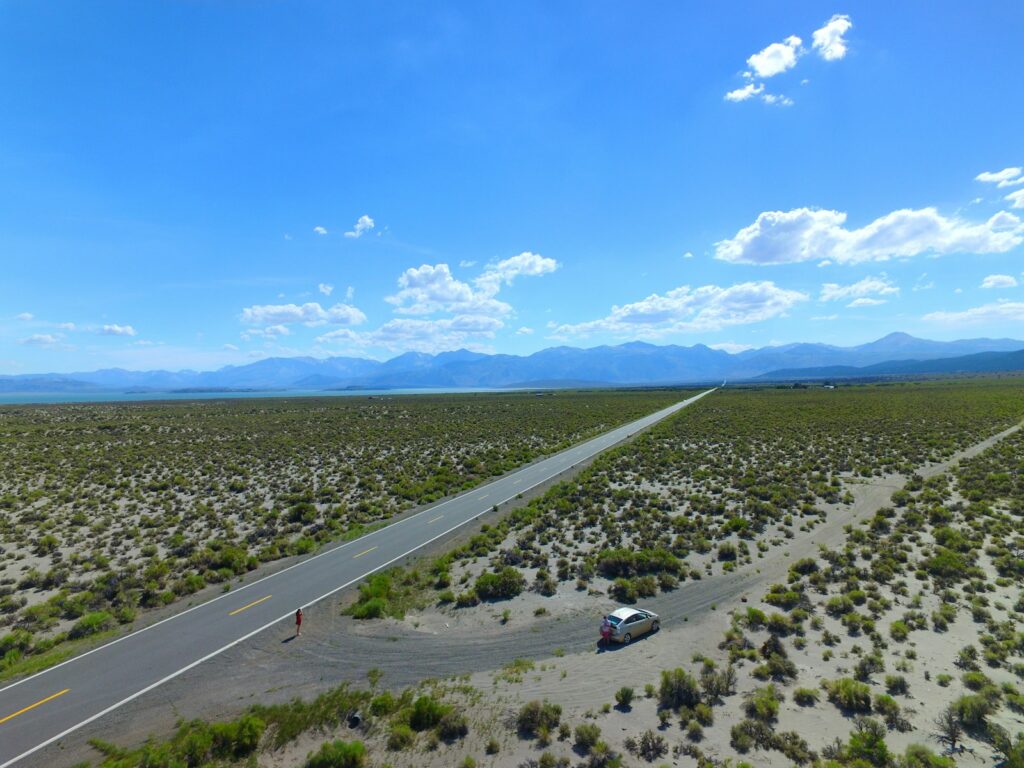
Rhyolite once shone as a beacon of hope during the early 1900s gold rush near Death Valley. Within a few short years, it boasted electric lights, a stock exchange, and a bustling population of over 5,000. Its success was brief, however, as the gold quickly dwindled, leading to a rapid decline. Today, visitors can walk through crumbling structures like the three-story bank building and the iconic Bottle House, made from thousands of glass bottles. Rhyolite’s skeletal remains are a haunting reminder of how quickly fortune can fade in the unforgiving Nevada desert.
2. Belmont, Nevada
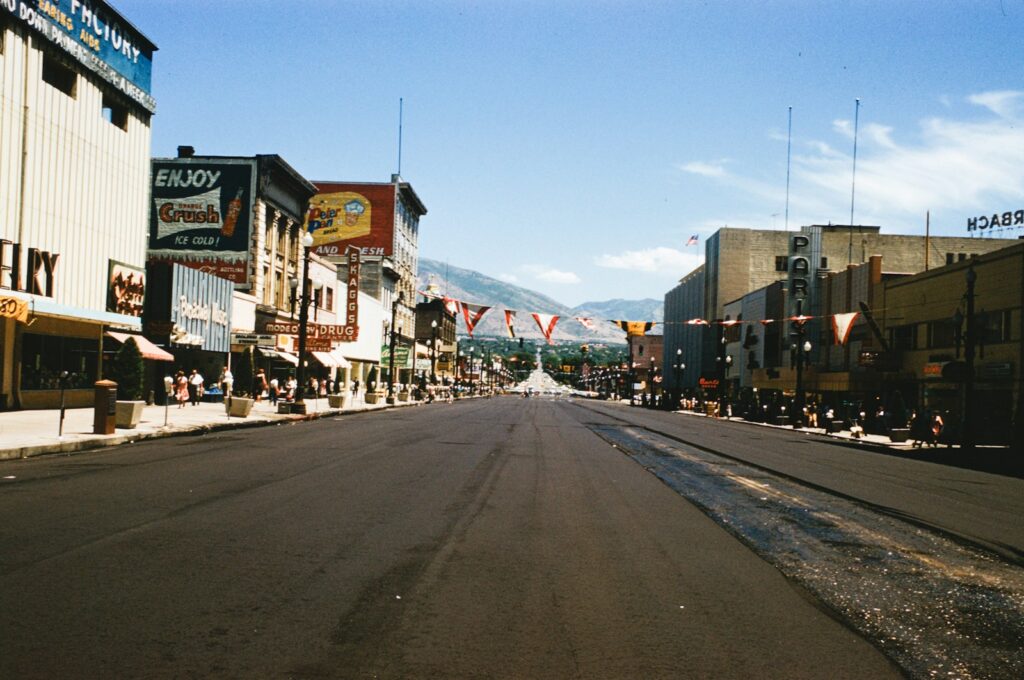
Nestled in the Toquima Range, Belmont was founded in the 1860s after silver was discovered. It quickly became a prosperous mining town filled with hotels, saloons, and a courthouse that still stands today as a historical landmark. At its height, Belmont was a lively hub for miners and their families, but as ore production declined, so did its population. The town’s brick ruins and stone remnants now sit quietly against the desert backdrop. Belmont’s story captures the rise and fall of many mining towns that once promised riches but were ultimately claimed by time and isolation.
3. Goldfield, Nevada

Goldfield was once Nevada’s largest city and the epicenter of a massive gold boom in the early 1900s. With banks, newspapers, schools, and the grand Goldfield Hotel, it represented opportunity and ambition. Yet as the gold veins were exhausted, prosperity faded. Fires and floods later destroyed much of the town, leaving behind eerie yet majestic ruins. Today, Goldfield remains partially inhabited, its decaying architecture and historic artifacts offering a glimpse into a time when dreams of fortune drove thousands into the desert. It stands as one of the best-preserved relics of Nevada’s mining era.
4. St. Thomas, Nevada
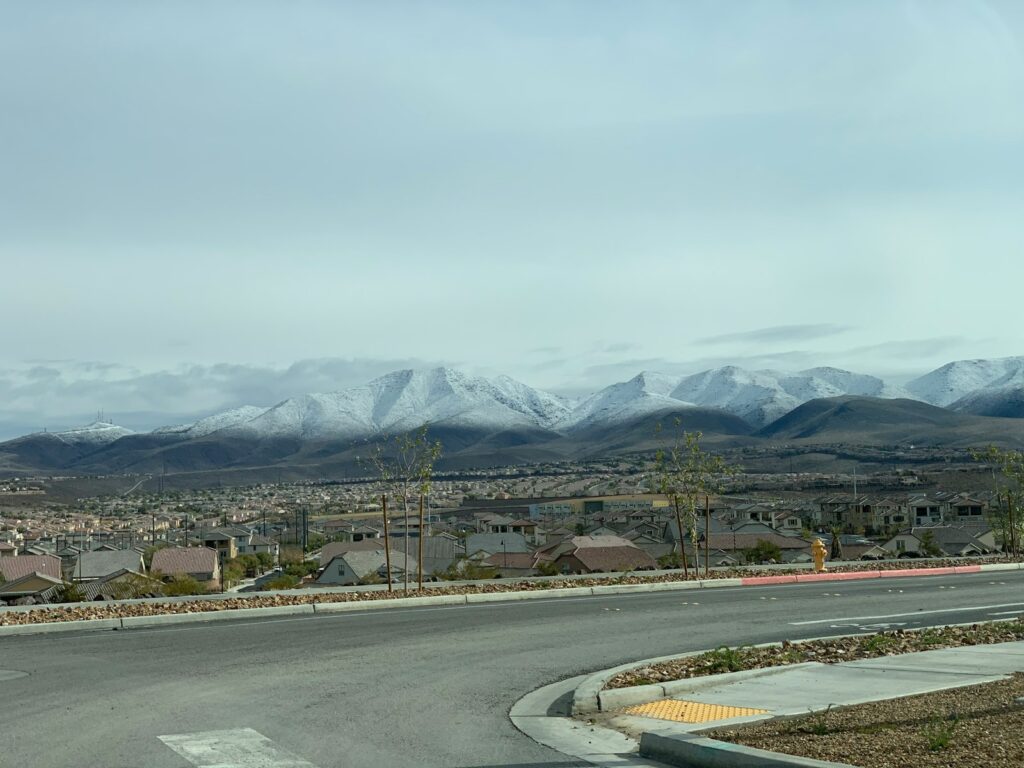
Founded by Mormon settlers in 1865, St. Thomas was once a thriving agricultural community. However, its fate changed with the construction of the Hoover Dam, which caused Lake Mead’s waters to submerge the town in the 1930s. Decades later, drought and receding waters revealed its foundations once again. Visitors can now explore the exposed streets and skeletal remains of buildings long hidden underwater. Walking through St. Thomas feels like stepping into a ghostly time capsule, a silent reminder of how progress and nature can reshape entire communities and the lives that once filled them.
5. Schellbourne, Nevada

Schellbourne began as a station along the Pony Express route in the 1860s before evolving into a mining settlement. Its strategic location brought stagecoaches, travelers, and merchants through the area. For a while, it thrived as a bustling stopover, but when mining prospects faded and railroads bypassed the region, Schellbourne was abandoned. Today, a few weathered buildings and scattered ruins mark where lives once intertwined along the harsh Nevada frontier. The site’s remote stillness contrasts with the once-busy energy that fueled its growth, preserving a quiet piece of the Old West’s enduring story.
6. Tenabo, Nevada
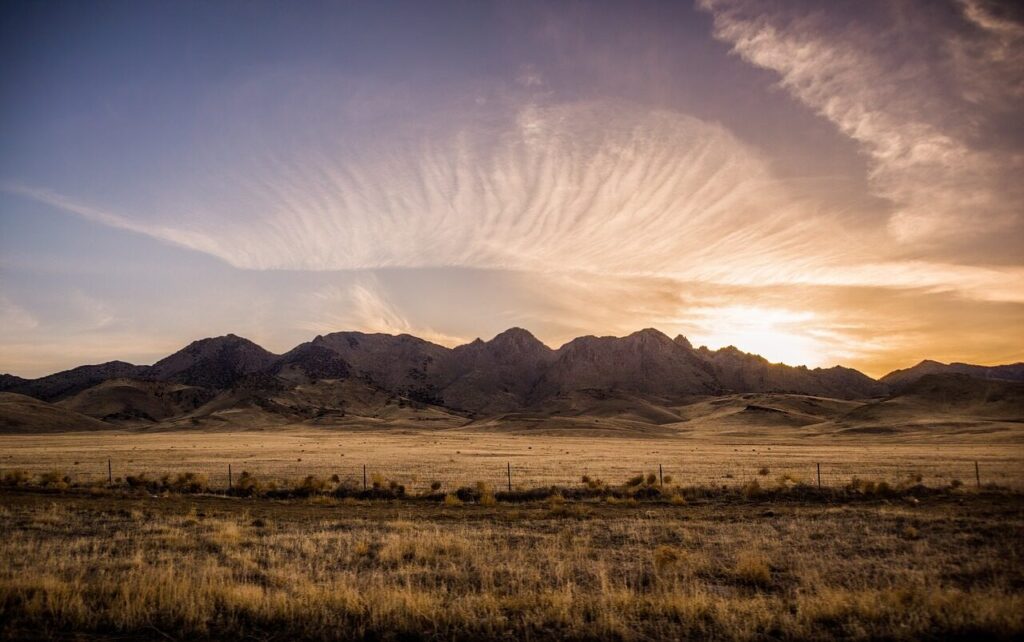
Located near the Shoshone Range, Tenabo was founded in 1905 after a promising gold discovery. The small settlement quickly grew with the establishment of stores, saloons, and even a newspaper. Unfortunately, the excitement was short-lived as the ore veins ran dry within a few years. By 1911, Tenabo had been largely deserted, leaving only fragments of its once-hopeful beginnings. Visitors today can find remnants of stone foundations and mining equipment scattered across the desert floor. Tenabo’s brief existence serves as a classic example of the fleeting fortunes that defined Nevada’s mining frontier.
7. Galena, Nevada
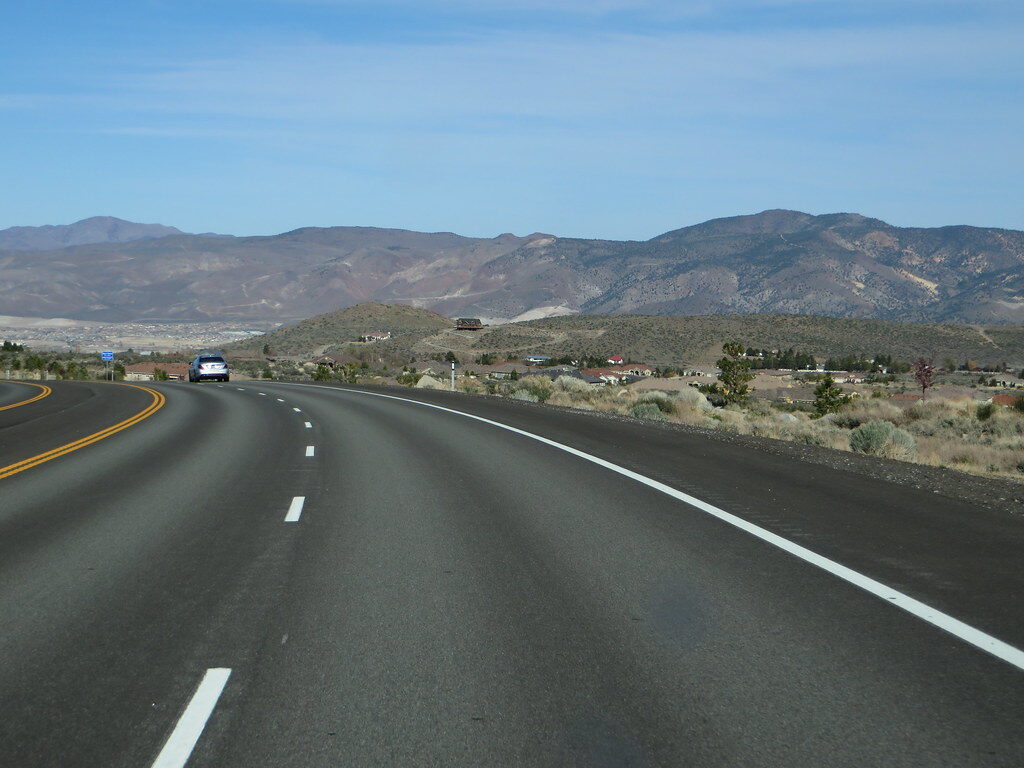
Situated near Reno, Galena was once a thriving lumber and silver mining community in the 1860s. It played a crucial role in supplying timber for the booming Comstock mines in nearby Virginia City. The town flourished with sawmills, stores, and homes nestled among the pines of the Sierra Nevada foothills. However, after devastating fires and resource depletion, residents moved on, leaving Galena to decay quietly. Today, only faint traces of the original settlement remain, blending naturally into the landscape. The area now serves as a tranquil reminder of Nevada’s industrious past and its resilient pioneers.
8. Aurora, Nevada
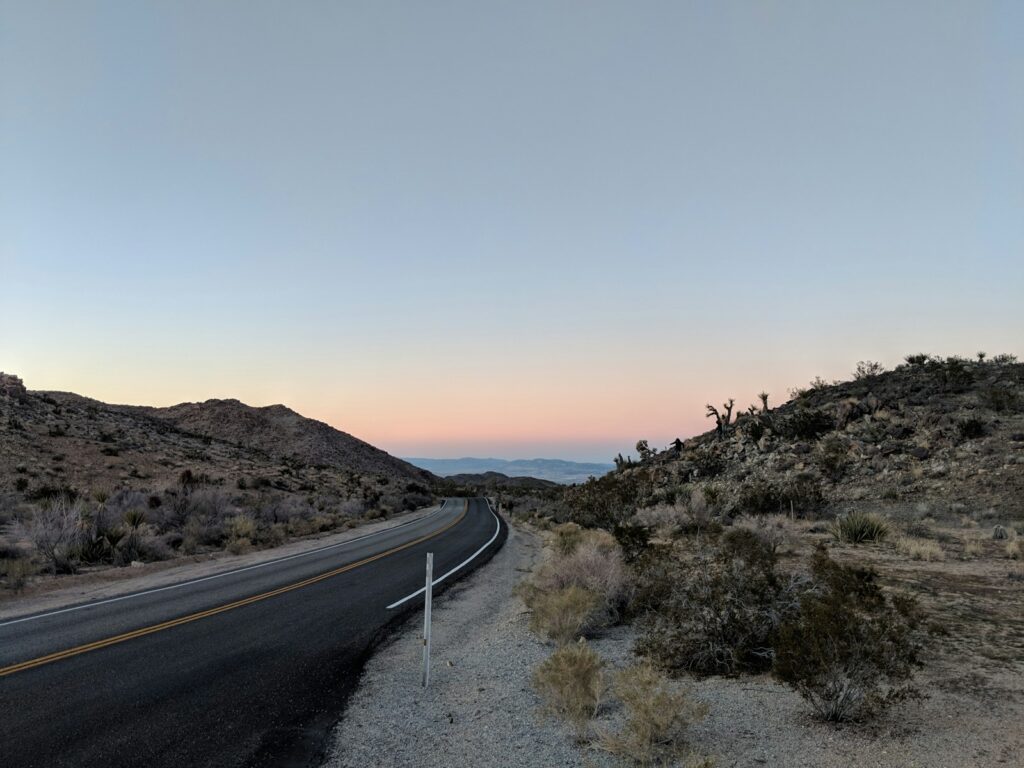
Aurora once rivaled Virginia City in size and importance during the 1860s silver rush. The town featured hotels, a newspaper, and over a hundred saloons catering to its booming population. Disputes over state boundaries and depleted mines led to its decline by the late 1800s. Today, Aurora’s crumbled brick walls and remnants of stone structures offer a haunting view of what was once a prosperous town. Its cemetery and scattered ruins whisper stories of ambition and hardship. Aurora remains a significant archaeological site, preserving the ghostly essence of Nevada’s silver mining heritage.
9. Candelaria, Nevada
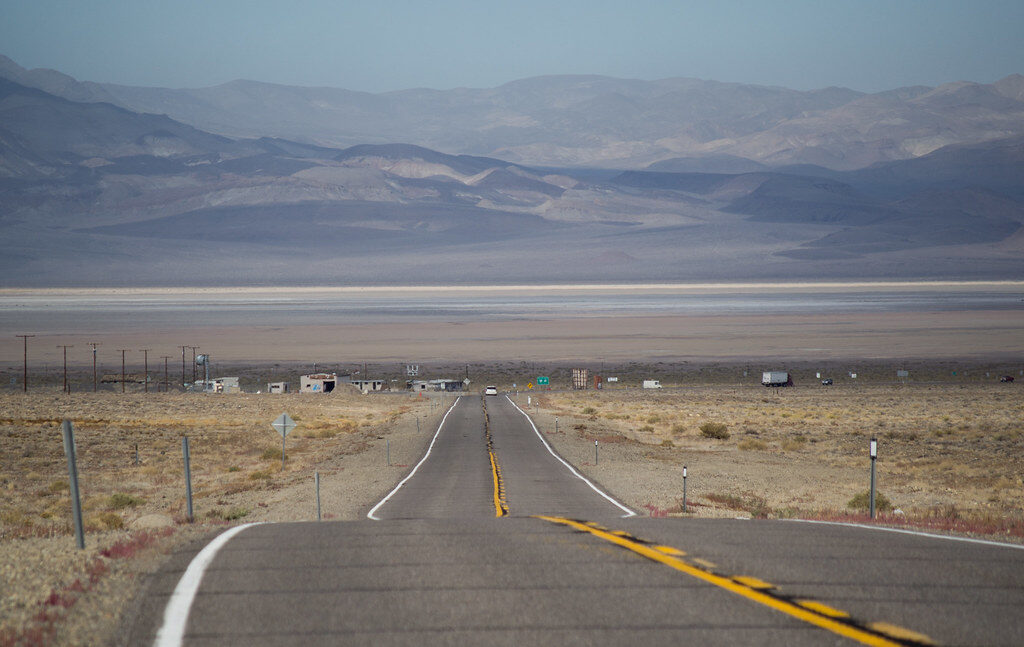
Candelaria came to life in the 1870s after silver discoveries attracted miners and fortune seekers to the barren hills of Mineral County. The town prospered briefly, filled with businesses and families eager to build their futures. However, a lack of water and falling ore prices led to its decline by the turn of the century. Today, Candelaria stands as a weather-beaten ghost town, with abandoned mines and scattered debris dotting the landscape. Despite its desolation, the town’s remains continue to tell a compelling story of determination and the relentless pursuit of prosperity in the desert.
10. Pioche, Nevada
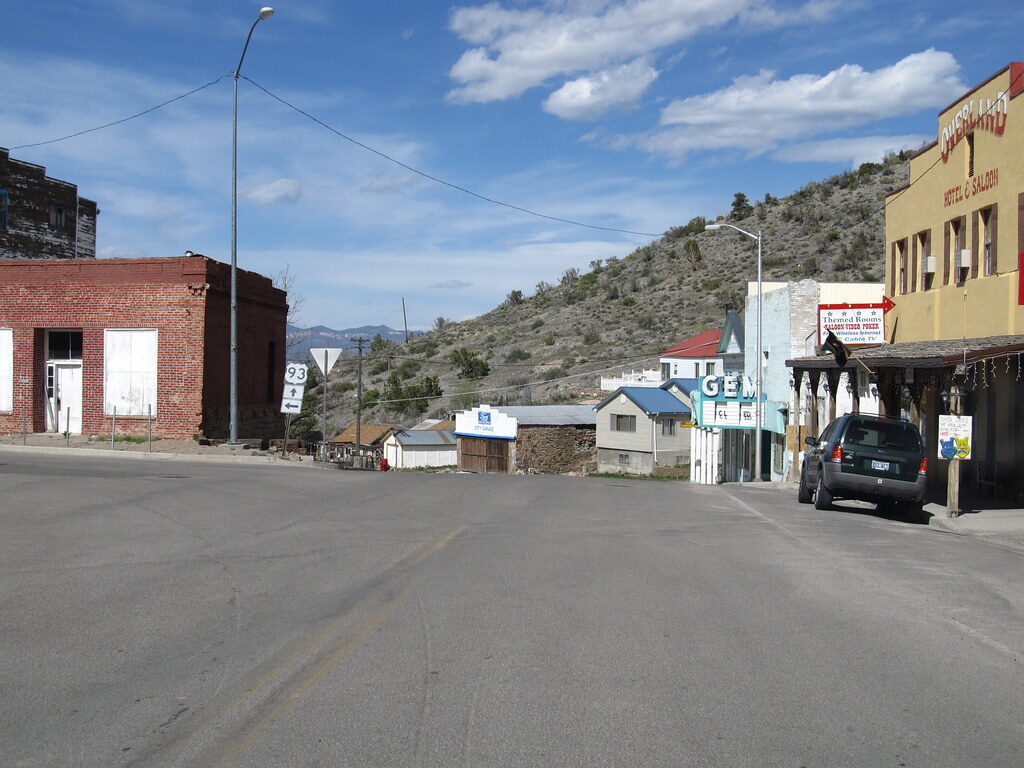
Pioche, founded in the 1860s, became notorious for its lawlessness during its early years as a booming silver-mining town. Violence and quick justice were common, giving the town a rough reputation. At its height, Pioche had saloons, a courthouse, and a population of nearly 10,000. As mining waned, residents drifted away, leaving behind a quiet community surrounded by relics of its wild past. Visitors can still explore its old cemetery, Million Dollar Courthouse, and the remnants of the aerial tramway once used to transport ore. Pioche’s rugged charm keeps Nevada’s frontier spirit alive.
11. Berlin, Nevada
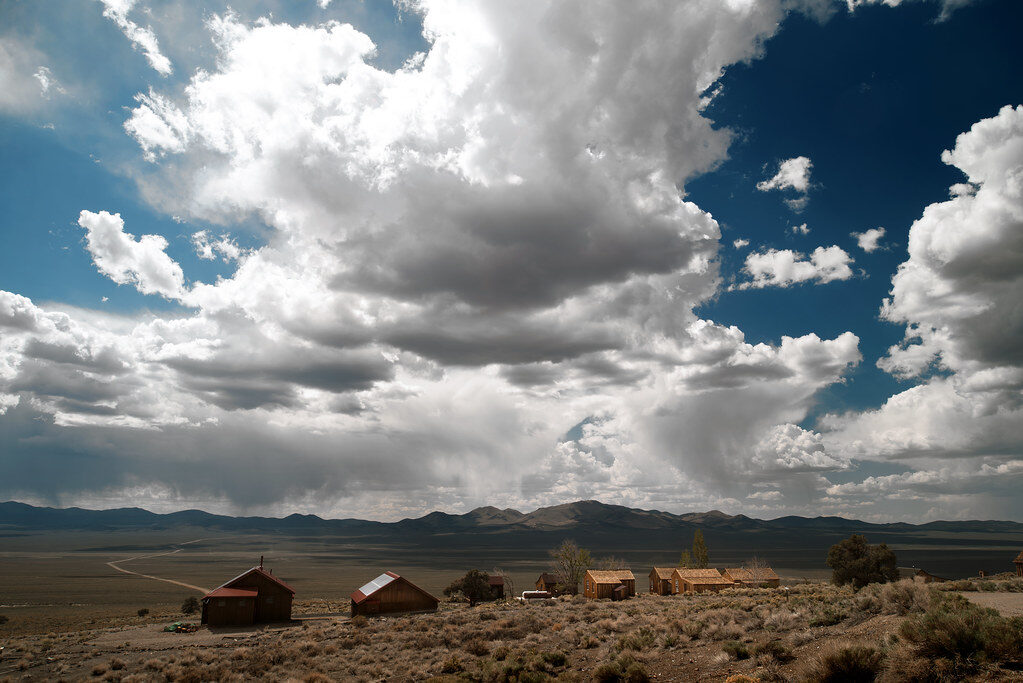
Berlin, established in the late 1890s, grew around the discovery of gold in the Union Mining District. Unlike many ghost towns, Berlin’s remnants are exceptionally well-preserved within the Berlin-Ichthyosaur State Park. Visitors can see the original stamp mill, miners’ cabins, and fascinating fossils of ancient marine reptiles nearby. The town never reached the success of its rivals, and by 1911, it was deserted. Today, Berlin offers a unique blend of history and natural wonder, showcasing both Nevada’s mining legacy and its prehistoric past. It remains a compelling destination for history enthusiasts and explorers alike.
Comments